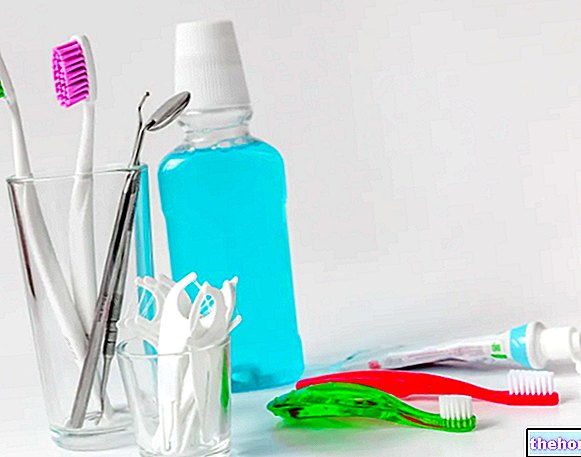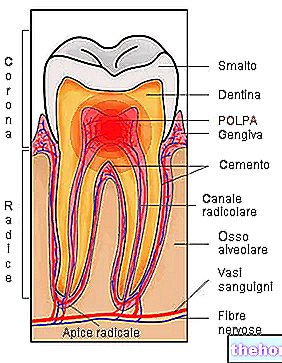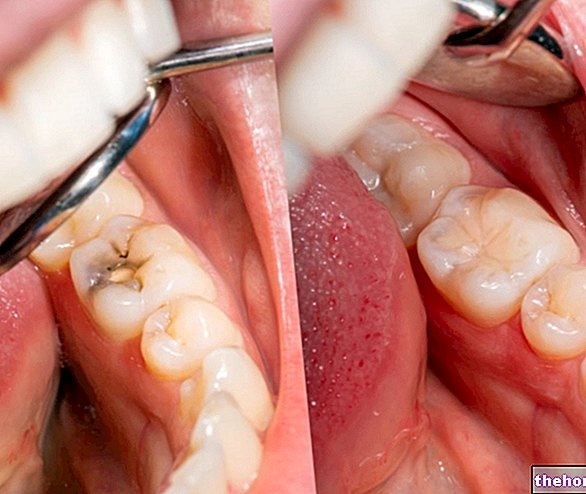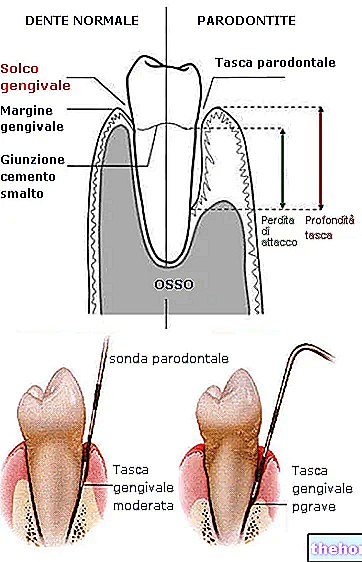
Another advantage of sage concerns the refreshing and deodorizing action of the oral cavity, ascribed above all to the essential oil obtained from the leaves, useful in case of halitosis.
Among the other medicinal properties of sage, we remember those disinfectants (always linked to the essential oil) and haemostatic ones, linked to the presence of tannins; both are useful in the presence of gingivitis, mouth ulcers and periodontal disease (if the oil is not adequately diluted. essential of sage can still be irritating, therefore particularly harmful).
Deepening: Sage toothpastes against bleeding gums
The book "50 Phytotherapy Recipes" by Maria Grazia Spalluto, aldenia editions, proposes sage as an ingredient in a "do it yourself" toothpaste indicated for the treatment of bleeding gums, let's see the recipe in detail:
- Ventilated green clay: 2 tbsp
- Corn starch - one tsp
- Purified water: 2 tbsp
- Baking soda: half a teaspoon
- Propolis, mother tincture: 20 drops
- Sage, essential oil: 20 drops
Pour the green clay, corn starch and bicarbonate into a container with a lid. Add water a little at a time while mixing the ingredients with a plastic or wooden (non-metallic) spoon, continue mixing until you get a homogeneous batter. Then add the propolis and sage, mix and refrigerate.
Rinse a soft-bristled toothbrush, dry it, and use it to take a small amount of toothpaste out of the container, then brush your teeth. Rinse with plenty of water and repeat the application at least twice a day.
Another "recipe - this time published in the book" Natural cosmetics do it yourself "By Giulia Penazzi, Tecniche Nuove - involves the use of the following ingredients:
- 2 tablespoons of baking soda → counteracts excessive oral acidity and whitens teeth
- 2 tablespoons of dried sage leaves → astringent, anti-inflammatory and antiseptic action, especially useful in the presence of bleeding gums
- 1/2 tablespoon of super-ventilated green clay (very fine grain size) → light smoothing action
- 4 drops of mint essential oil → antiseptic properties, freshen the breath
- 5-6 cloves → improve the shelf life of the toothpaste
Grind the sage leaves until they are pulverized and add them to the baking soda using a mortar and pestle. Add the clay and the drops of mint oil mixing everything. Transfer the preparation into a glass jar with lid and add the whole cloves scattered in the middle of the powder. Store in a dry place as the preparation fears humidity. The toothpaste is used in powder form, placing a small amount directly on the moistened toothbrush before passing it on the teeth.
, the gum collar and possibly the uncovered dentin and cement, thus increasing the risk of gum bleeding, dental hypersensitivity, yellowing of the teeth due to exposure of the dentin and reduction of the enamel (the external translucent tissue that gives brilliance to the smile).




























